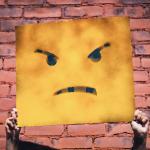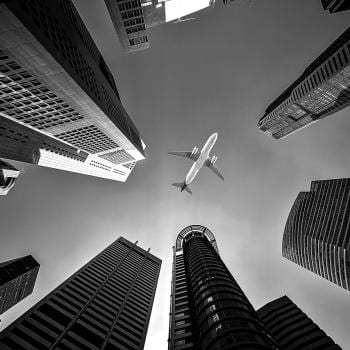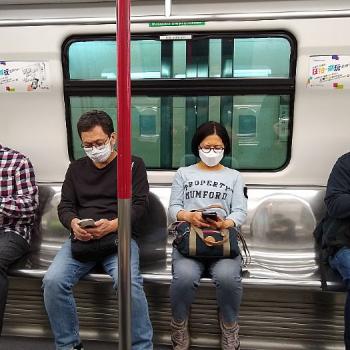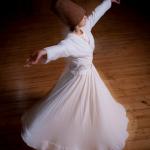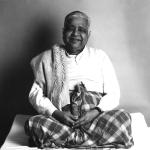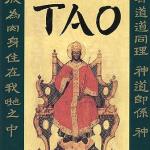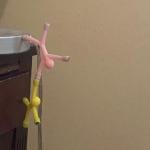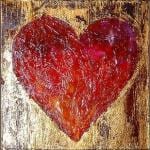Below is a rather extraordinary video featuring Dr. Sushma Jansari of the British Museum.* It is remarkable in part because it depicts the oldest datable depiction of the Buddha in human form, as the title indicates. And it is also remarkable because Dr. Jansari suggests that this is “one of the most important objects in the entire British Museum.”
The item described is the “Bimaran casket,” a gold cylindrical object approximately 4 inches tall. It was found with coins that could be dated to around the 1st century AD in the Gandhara region, what is now in northern Pakistan and Afghanistan. This area was once a vibrant trading route from India to China.
Buddhist scholar John Strong writes:
Images of the Buddha are found today throughout the Buddhist world on countless altars in countless Buddhist temples or monasteries, and in countless Buddhist homes. As one authority has put it, “image worship is central to Buddhist praxis,” and everywhere Buddhism spread (e.g. China, Tibet, Japan) it arrived “on the coattails of its images” (Sharfand Sharf, 200 1 , p. 3). Art historians and other scholars have much debated the question of the origin of the Buddha image: were the first images of Sakyamuni made in Gandhara (present-day Pakistan and Afghanistan) under the influence of Greco-Roman classical art, or were they made in Mathura (one hundred kilometers south of New Delhi), following local Indian styles? Were they made in the first century CE or the first century BCE ? Either way, it is clear that in the earliest surviving phases of Buddhist art, as seen in the sculptures from Bharhut (second century BCE) and Sanchi (first century BCE), the Buddha himself was not represented anthropomorphically in scenes depicting his life story or his worship. (Buddhisms: An Introduction p.99 (2015))
Paul Williams thought that the case was more-or-less settled in his 2009 book Mahayana Buddhism: The Doctrinal Foundations, writing: “The earliest portrayal of the Buddha figure in Indian art was arguably sometime during the first century CE in the Gandhara region (modern Afghanistan/Pakistan/Kashmir) under a strong Hellenistic influence.” He cites the possibility of a Mathuran equivalent in a footnote. Donald Lopez concurs in his chapter on “Buddha” in his Critical Terms for the Study of Buddhism (2005). As he notes, The Gandharan sculptors, influenced by a Greek aesthetic, portrayed the hair of the Buddha in a bun, or chignon, on the top of his head. Their concern was with beauty, not orthodoxy: “the artists were working apart from the scholars. Texts and images are still separate from one another” (Foucher 1918, 295)” (p.26)
As an aside, this citation of Alfred Foucher (1865–1952) reminds me of something a Sri Lankan monk told me this summer after I showed him a depiction of the Buddha’s birth from his mother’s side – shown and discussed here in an excellent article by Prof. Kim Gutschow. The monk told me, “that image is wrong. The Buddha was quite clear that all people are born the same way, from the vagina of a woman, even himself, and especially the Brahmins, who claimed to be born of the mouth of Purusha.” His point was striking, and I think correct: the vast majority of the Buddha’s teachings stress an equality of all humans (male and female) in their births and spiritual capacities.
It is therefore odd (and perhaps wrong) to later depict his birth as uniquely special. But perhaps this is an effect of artists seeking to emphasize the greatness of the Buddha (and perhaps freely mixing in depictions of Maitreya, the future Buddha as well) while those who knew the texts were off doing other things.
There is still an enormous amount of work to be done in the field. For now though, enjoy this excellent video:
* Dr. Jansaris’ full title is Curator of the Asian Ethnographic and South Asia Collections at the British Museum.
Do you find benefit in this?
Please support independent coverage of Buddhism and join our community of patrons.

